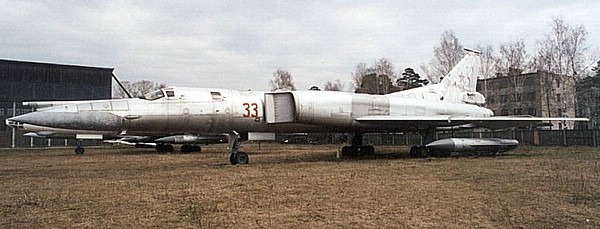
AASM
In 1994, the Armée de l'Air awarded contracts to French armaments companies to carry out preliminary feasibility studies for new anti-ground guided munitions usable in difficult weather conditions. Less than 15 years later, the results of the French effort were felt first hand by Taliban fighters in southern Afghanistan.











